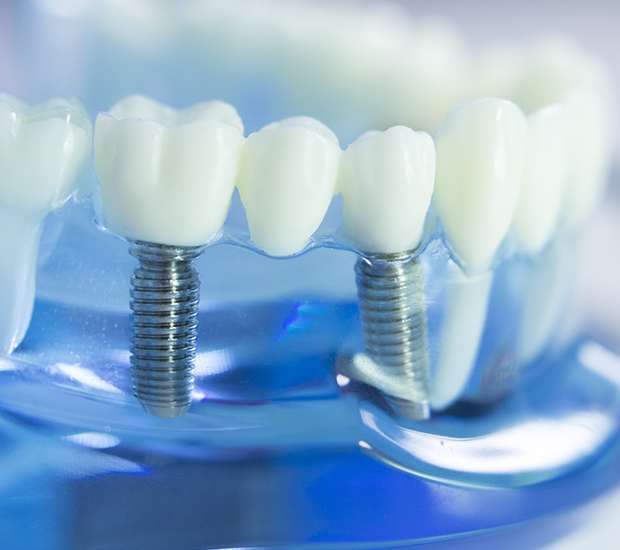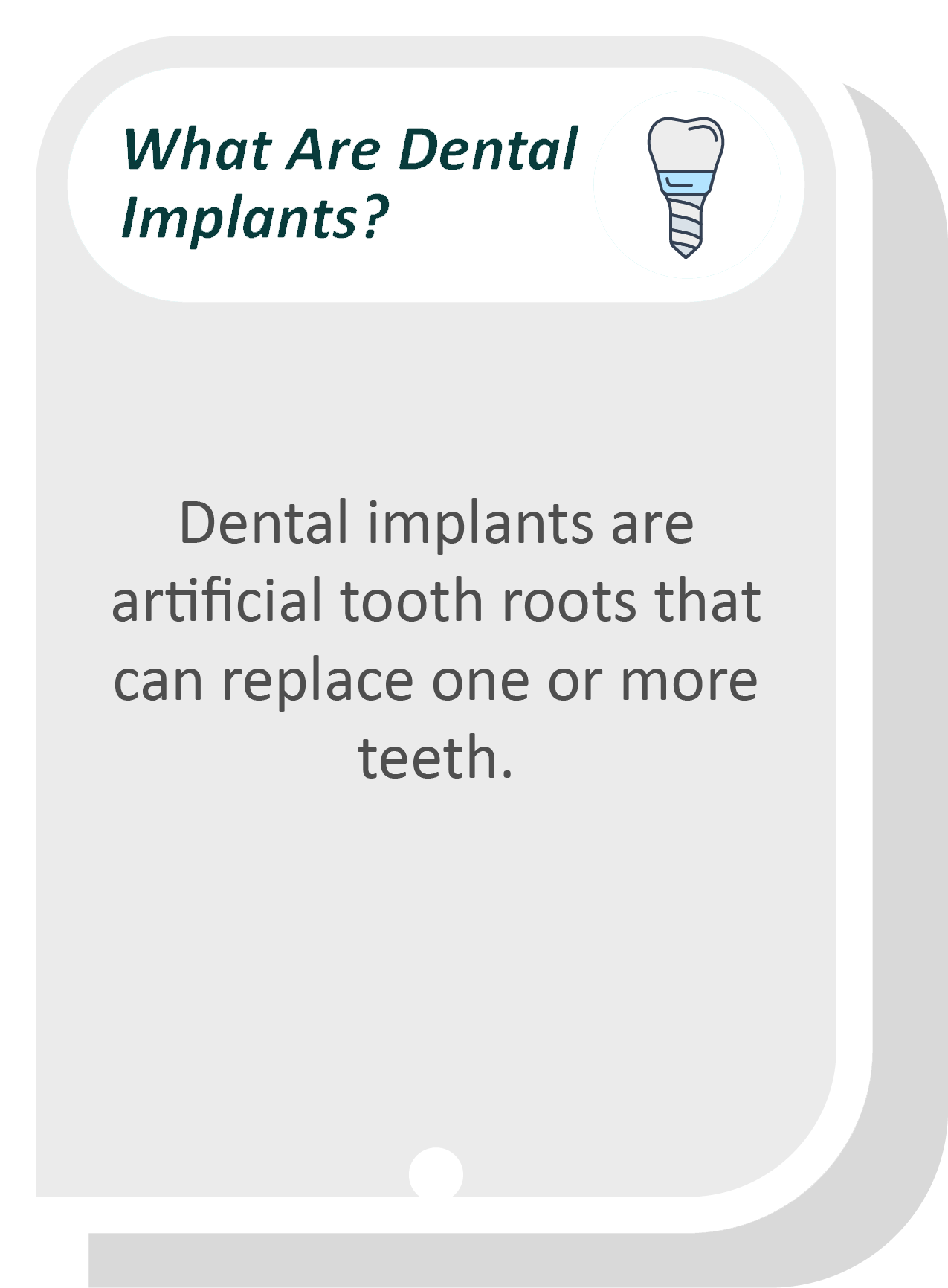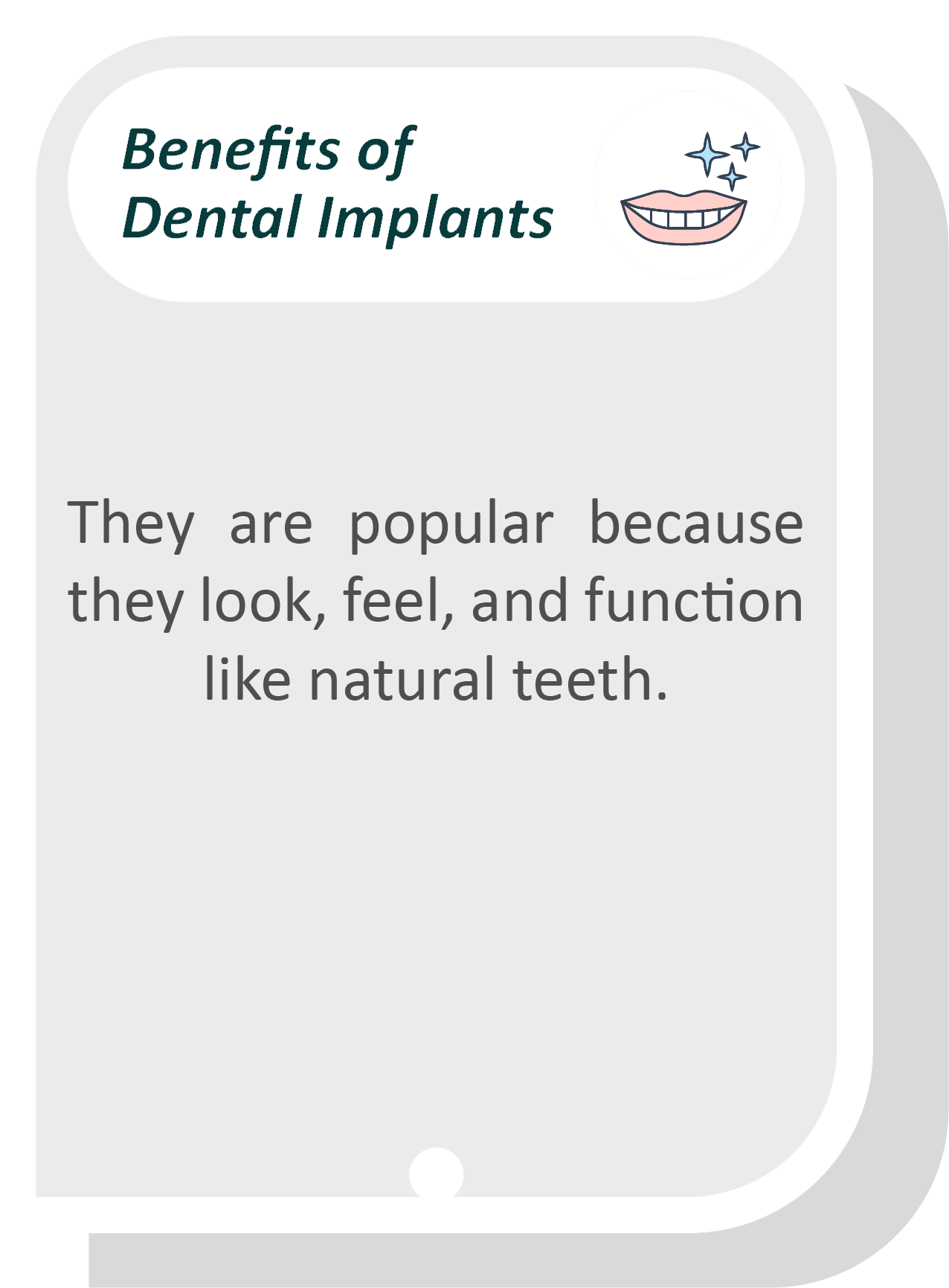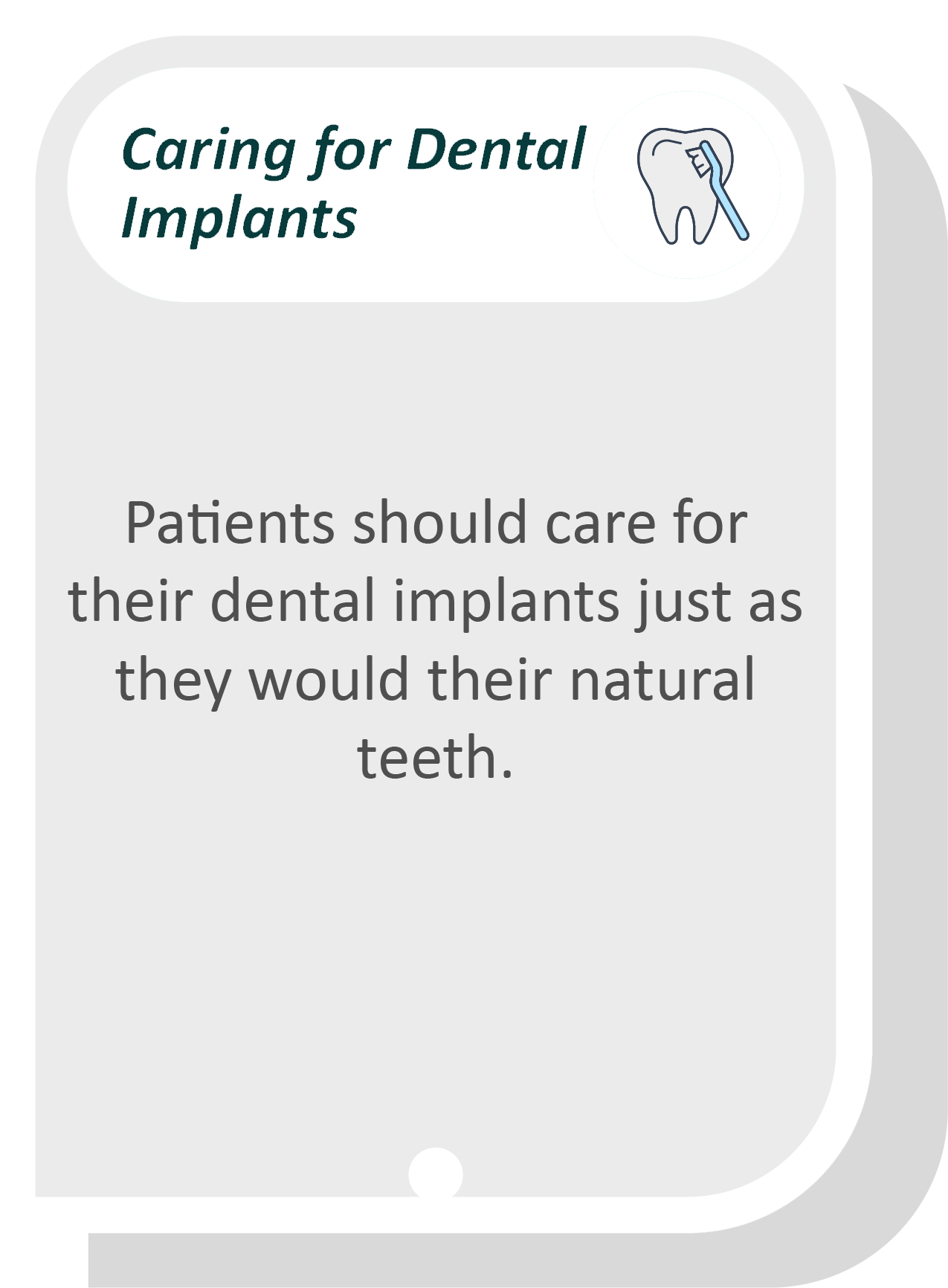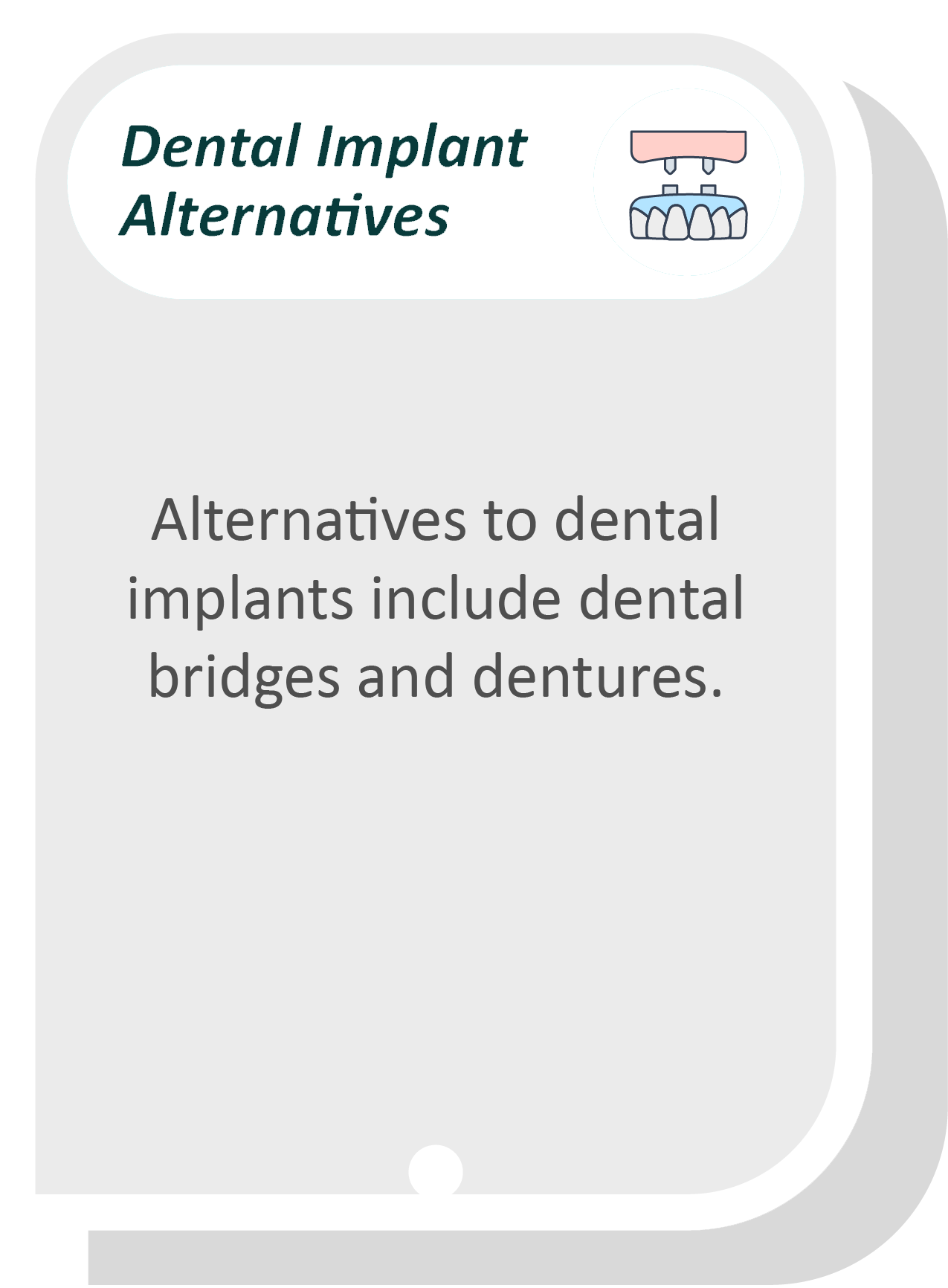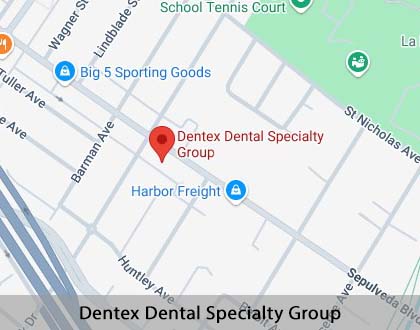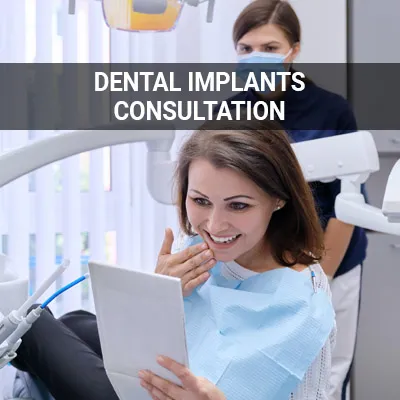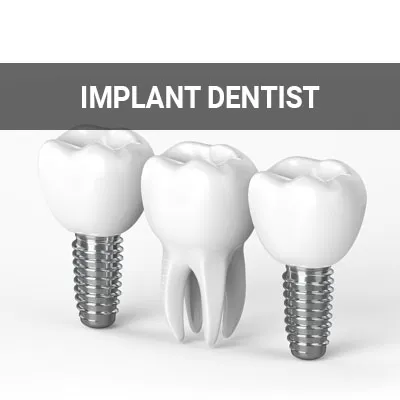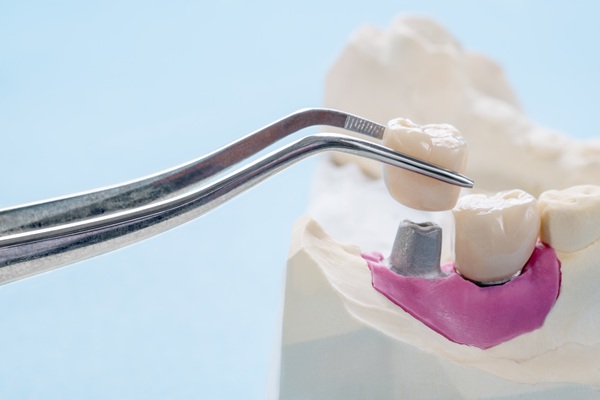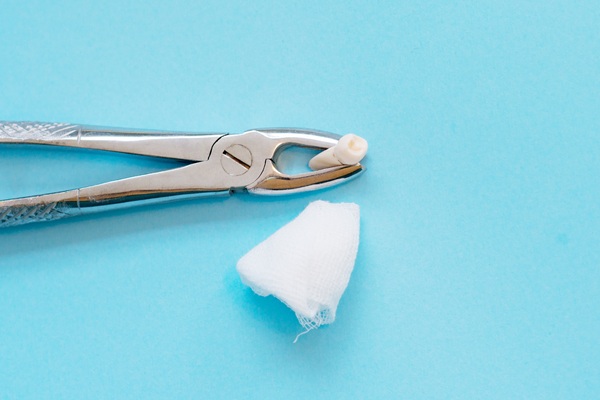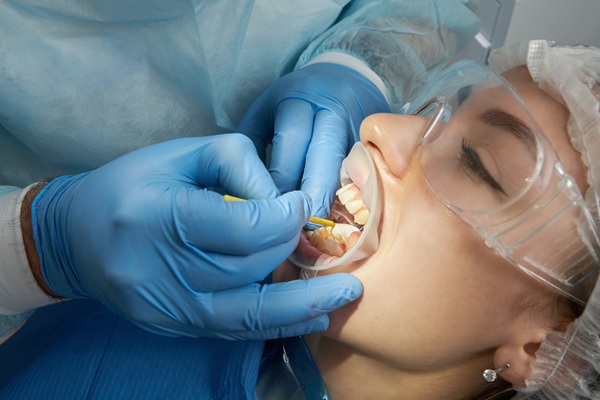Dental Implants Culver City, CA
There are several dental solutions for people facing tooth loss. Dental implants are an effective procedure for people who need one or more replacement teeth. This procedure involves inserting small metal posts into the jawbone and attaching an artificial tooth to each post.
This procedure is highly popular since implants look and feel natural. With proper care, many patients can keep their implants for the rest of their lives. Dental implants are available at Dentex Dental Specialty Group in Culver City and the surrounding area. Call us at (310) 895-2446 to schedule an appointment.
The Process of Getting Dental Implants
Dental implants are small screw-shaped titanium posts that function similarly to the root of a natural tooth. Once placed in the jawbone, the posts fuse with the bone to create a solid base for replacement teeth. The presence of the implant stimulates new bone growth in the jaw. However, if a patient has insufficient bone quantity, then a bone graph may be necessary before the implant placement. Most patients undergo implant placement under a local anesthetic. Not all implant dentists provide this service, so patients should inquire beforehand.
When the procedure is complete, we will place a temporary crown or a healing cap over the implant to protect it from food particles and allow the site to heal. A permanent crown or bridge is placed on top of the implant once the healing is complete. Dental implant placement is generally an uncomplicated procedure, although this can vary based on each patient's general and dental health. According to WebMD, dental implants have a success rate of up to 98%. With the right care, implants can last a lifetime and function similarly to natural teeth.
“Dental implants are small screw-shaped titanium posts that function similarly to the root of a natural tooth.”
How To Care for Dental Implants
Caring for dental implants is very similar to caring for natural teeth, especially if the replacement teeth are permanent. Brushing, flossing, and rinsing with mouthwash is necessary for maintaining proper oral hygiene with implants. Getting regular checkups and teeth cleanings at the dentist are important for taking care of replacement teeth.
Dental implants may require extra cleaning to keep them in optimal condition. Removable, implant-supported dentures should be taken out at night and soaked in a denture solution. Patients can also use an oral irrigator to help clean below and around the dental implants.
“Caring for dental implants is very similar to caring for natural teeth, especially if the replacement teeth are permanent.”
What To Expect After the Procedure
Following the procedure, it is common to have swelling and discomfort around the implantation site. Some patients may experience minor bleeding and bruising of the skin and gums in the treatment area. These side effects can be managed with pain medication and antibiotics if necessary. Patients can expect such side effects to subside after a few days.
After receiving dental implants, it is best to stick to eating soft foods while the bone heals. Most dental implant procedures use dissolvable stitches, so patients will not have to come back to get them removed. These stitches will usually fall out within seven to 10 days. Following the aftercare instructions and advice will help the healing process.
“Following the procedure, it is common to have swelling and discomfort around the implantation site.”
Check out what others are saying about our dental services on Yelp: Dental Implants in Culver City, CA
Benefits of Dental Implants
Dental implants can be a good choice for many patients with missing teeth. Dental implants allow new teeth to feel, look, and function naturally. Here are some key benefits of dental implants:
- Comfortable: Dental implants act as tooth roots and stay firmly in place. This firm foundation makes them more comfortable than dentures and other replacement tooth options. Many patients report that implants feel similar to their natural teeth.
- Functional: The stability of implants makes them effective for eating, talking, and cleaning. They function similarly to the teeth they are replacing. Less permanent options may interfere more with daily life.
- Permanent: Dental implants are one of the most permanent tooth replacement options. They can last a lifetime with good care. Additionally, fixed replacement teeth on implants do not need to be removed every day for cleaning.
- Natural-looking: Implant-supported replacement teeth look like natural teeth. The visible part of the dental implant is a cosmetic crown made from a composite material that is color-matched to the patient’s tooth enamel. It can be hard to tell the difference. Many patients enjoy dental implants’ aesthetic appeal, as others cannot tell the difference between the replacement and natural teeth.
“Dental implants allow new teeth to feel, look, and function naturally.”
Questions Answered on This Page
Q. How to take care of dental implants?
Q. What happens after the dental implant procedure?
Q. What are the benefits of dental implants?
Q. What is the process of getting dental implants?
People Also Ask
Q. What is the most durable option for replacing missing teeth?
Q. When should people seek an implant dentist?
Frequently Asked Questions
Q. How long does it take to insert dental implants?
A. The entire process, from initial consultation to the end, can take several months. The dental implant procedure usually takes an hour or less. This process can take longer, depending on the location of the site and the number of implants.
Q. What should I do if the dental implant gets chipped or cracked?
A. Typically, the crown attached to the implant can become damaged. A dentist can replace the crown. Patients should make an appointment with their implant dentist as soon as possible.
Q. Can I get implants if I have full or partial dentures?
A. Implants can serve as a base to attach permanent or removable dentures. Patients needing full or partial teeth replacements often find implant-anchored bridges more comfortable than other options. Implants can provide patients with additional stability and comfort.
Q. Is it likely I will have an allergic reaction to the materials in the implants?
A. Implant posts usually consist of a titanium alloy. A 2019 study found that titanium allergies are less common than other metal allergies. If patients have any concerns, they may have allergy testing done before getting implants.
Q. How soon can I return to work after getting dental implants?
A. Most people can resume normal functioning the next day. Some common side effects include gum and skin bruising, facial and gum swelling, and minor bleeding and pain. Dental professionals also recommend avoiding heavy lifting for 48 hours after the procedure.
Dental Implant Terminology
Call Us To Learn More About Dental Implants
Dental implants closely imitate the form and function of natural teeth. If you are missing teeth, this may be the solution for you. Call (310) 895-2446 to set up an appointment at Dentex Dental Specialty Group and learn more about this procedure.
Helpful Related Links
- American Dental Association (ADA). Glossary of Dental Clinical Terms. 2025
- American Academy of Cosmetic Dentistry® (AACD). Home Page. 2025
- WebMD. WebMD’s Oral Care Guide. 2025
About our business and website security
- Dentex Dental Specialty Group was established in 2014.
- We accept the following payment methods: American Express, Discover, MasterCard, and Visa
- We serve patients from the following counties: Los Angeles County
- We serve patients from the following cities: Culver City, Marina Del Rey, Playa Vista, Mar Vista, Venice, Westchester, Inglewood, El Segundo, West Los Angeles, Century City, Santa Monica and Los Angeles
- Norton Safe Web. View Details
- Trend Micro Site Safety Center. View Details
Back to top of Dental Implants
